The Newbery Honor Award winning Abel's Island by William Steig is one of my top 10 favorite children's books. It is philosophical, thoughtful and humanistic (even though the main character is a mouse) and all in such an elegantly simple way.
Abelard Hassam di Chirico Flint (Steig always comes up with amazing names for his characters) is a well-to-do mouse out on a picnic with his beautiful new wife, Amanda. As the weather turns foul, Abel makes a rash decision that leaves him stranded on an island, seemingly in the middle of nowhere. The book follows Abel through the seasons as he learns to feed and shelter himself as well as entertain and enrich himself. Abel is hunted by an owl and, after hiding in fear for days finds a way to reclaim his sense of self and the island that he is making his home. He finds an enormous pocket watch and a book that belonged to large creatures. Abel stand on the book as he reads it. Hoping this means that these civilized creatures might return to the island, Abel delights in his discovery. The watch means nothing to him, but he begins reading the book, titled Sons and Daughters, which begins with a masquerade ball and proves to be the epic tale of a family of bears. In Chapter XIX of the book, a war has broken out between bears. Steig writes,
"It made Abel wonder about civilization. But, come to think of it, the owl, who was not civilized, was pretty warlike too. The hero, Captain Burin, was writing home from the battlefield to the one he had waltzed with in the first chapter, the one he loved. It was also winter in the story, and a drunken sergeant was saying things that were foolish and wise and funny - he wished he were hibernating instead of warring."
Somehow, I imagine the bears as being Russian and Abel reading the anthropomorphised bear version of a Tolstoy novel. I love that Steig thinks highly enough of the intellects of children to include something like this in his book. Abel also meets a slow moving and slow thinking frog, Gower Glacken, whom he hopes will help him off the island, despite his problem remembering things. His time on the island gives him a new understanding of the world he has been separated from and, confronted with the daily challenge of a solitary and sometimes hostile environment Abel is moved to reexamine the easy life he had and learn new skills and talents that hold the promise of a more meaningful life - if he ever returns to Amanda again.
There is quite a bit of introspection and and evolution in the character of Abel that might be lost on children who read this book on their own. For that reason, I highly recommend this as a read aloud. Steig's picture books are always full of creative stories, high vocabulary and philosophical and emotional dilemmas. They are great read alones for kids at a RL 2 or higher, but beg to be read aloud. For more information about William Steig's cannon of magnificent picture books, including the Caldecott Award Winner, Sylvester and the Magic Pebble, check out my article The Importance of Picture Books.
Steig's other children's novels include Dominic and The Real Thief.
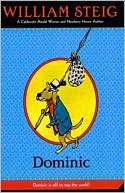
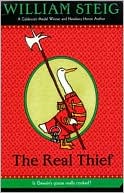
Probably one of the best read-out-loud books ever, Pete's a Pizza is the story of how, when Pete can't go out to play on a rainy day his parents pretend to make him into a pizza.
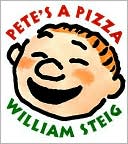
From a child's perspective, what life was like growing up in New York City in the early 1900's. A sort of memoir for Steig, who was born in 1907 and spent his life there.
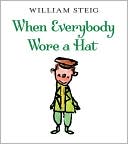
Many of Steig's picture books are centered around a journey and exploration of the self or trial that brings the protagonist back home to the waiting, loving arms of his or her family.

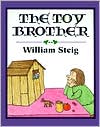
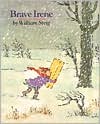
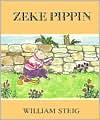
Steig also has a strong command of the magical in his picture books. Talking bones, husbands who turn into dogs, the ability to turn from a rabbit to a rusty nail and a potion that shrinks a boy to the size of a toy all make up plots of some of his magnificent stories.
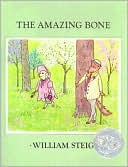

Steig is a master at stories where one creature helps another overcome a sticky situation, or worse. Amos & Boris is sort of an "Ant and the Elephant" story told with a whale and a mouse.

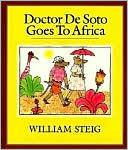
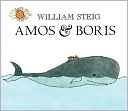
Did you know that William Steig wrote the picture book that became the movie Shrek? While they both share a rude, foul, disgusting ogre, a talking donkey and a princess, the similarities end there...
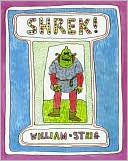
Sadly, these books by Stieg are out of print. As a sulky child, I definitely related to Spinky Sulks in which a boy becomes irrationally upset and can't give it up for anything, even crullers and clowns.
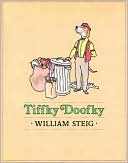
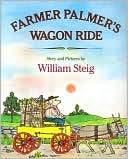
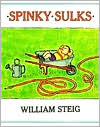
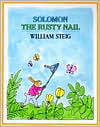
1 comments:
We all love William Steig in our family. I hadn't thought of reading Abel's Island aloud, but I will now. Karen
Post a Comment